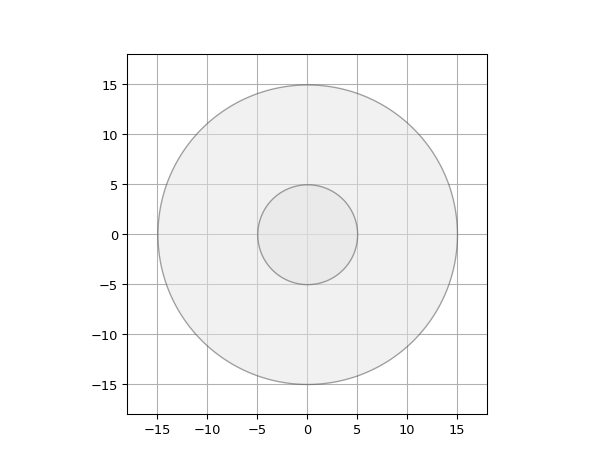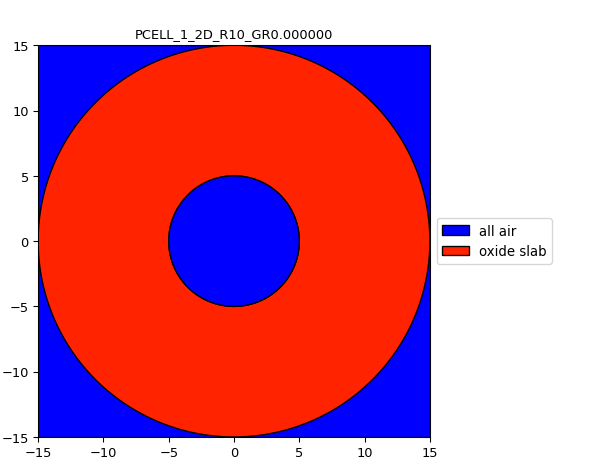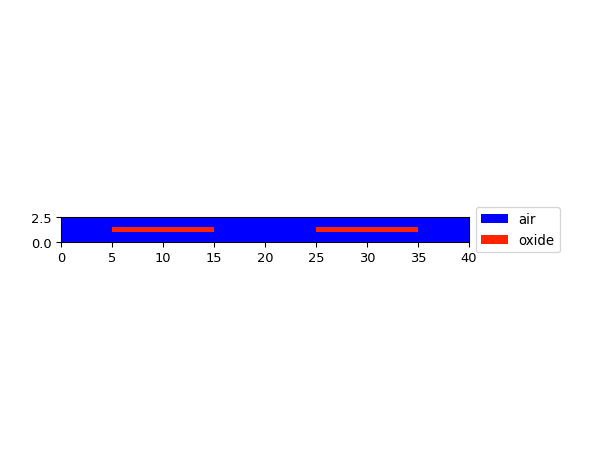Technology Reference
Every IPKISS script starts with the import of a TECHNOLOGY file. The goal of the technology file is to describe a variety of settings that are necessary to design for a specific fabrication technology, and will be shared by the designs that use the same fabrication technology.
In this reference guide you will find the relevant API functions.
Technology
Properties to store a variety of numbers.
Get the technology tree (TECH). |
A specific type of ConfigTree: its representation is: <TECH...> |
|
A hierarchical tree for storing technology settings. |
|
A hierarchical tree for storing technology settings, but with delayed initialisation: the initialize-function is called only at the moment a value is actually retrieved. |
Process
ProcessLayer represents a specific process step which requires a defined mask pattern. |
|
PatternPurpose represents the usage of geometric patterns for layout |
|
Combination of a ProcessLayer and a PatternPurpose, defining together a unique i3.Layer. |
|
alias of |
|
Layout layer. |
GDSII
Maps GDSII layers to Ipkiss Layers with an automatic conversion |
|
Maps Ipkiss Layers to GDSII Layers with an automatic conversion |
Map between GDSII Layers and PPLayers |
|
Most generic map between ProcessPurposeLayers and GDSII. |
|
Map of GDSII layer/datatype combinations onto ProcessPurposeLayers. |
|
Map of ProcessPurposeLayer onto GDSII layer/datatype combinations. |
Display
Display style for a visualization |
|
List of layer, DisplayStyle tuples. |
|
Set of display styles. |
Materials
Base material. |
|
Factory of materials. |
|
A MaterialStack describes a series of materials stacked on top of each other, each with a given height. |
|
Virtual Fabrication
Virtual fabrication process flow. |
Visualization
The 2D top-down virtual fabrication and cross-section results of a layout view can be visualized with:
Example
Here is simple example of the definition of a virtual fabrication process and its application to a layout.
import ipkiss3.all as i3
# Define a Donut pcell
class Donut(i3.PCell):
radius = i3.PositiveNumberProperty(default=10.0)
inner_radius = i3.PositiveNumberProperty(default=5.0)
class Layout(i3.LayoutView):
def _generate_elements(self, elems):
elems += i3.Circle(layer=i3.Layer(0), radius=self.radius)
elems += i3.Circle(layer=i3.Layer(1), radius=self.inner_radius)
return elems
# instantiate the cell and visualize its layout
donut = Donut(radius=15.0, inner_radius=5.0)
donut_lo = donut.Layout()
donut_lo.visualize()
# Define materials, material stacks and virtual fabrication
from pysics.basics.material.material import Material
from pysics.basics.material.material_stack import MaterialStack
from ipkiss.visualisation.display_style import DisplayStyle
from ipkiss.visualisation.color import COLOR_SCARLET, COLOR_BLUE
from ipkiss.plugins.vfabrication.process_flow import VFabricationProcessFlow
oxide = Material(name="oxide", display_style=DisplayStyle(color=COLOR_SCARLET))
air = Material(name="air", display_style=DisplayStyle(color=COLOR_BLUE))
stack_oxide = MaterialStack(name="oxide slab",
materials_heights=[
(air, 1.0),
(oxide, 0.5),
(air, 1.0)
],
display_style=DisplayStyle(color=COLOR_SCARLET)
)
stack_air = MaterialStack(name="all air",
materials_heights=[
(air, 1.0),
(air, 0.5),
(air, 1.0)
],
display_style=DisplayStyle(color=COLOR_BLUE)
)
oxide_dep = i3.ProcessLayer(name="oxide", extension="OX")
oxide_etch = i3.ProcessLayer(name="oxide etch", extension="NOX")
vfab = VFabricationProcessFlow(
active_processes=[oxide_dep, oxide_etch],
process_layer_map={
oxide_dep: i3.Layer(0),
oxide_etch: i3.Layer(1)
},
is_lf_fabrication={
oxide_dep: False,
oxide_etch: False
},
process_to_material_stack_map=[
((0, 0), stack_air),
((0, 1), stack_air),
((1, 0), stack_oxide),
((1, 1), stack_air)
]
)
# visualize virtual fabrication of the layout: top-down and cross-section
donut_lo.visualize_2d(process_flow=vfab)
xs = donut_lo.cross_section(cross_section_path=i3.Shape([(0.0, 20.0), (0.0, -20.0)]),
process_flow=vfab)
xs.visualize()


